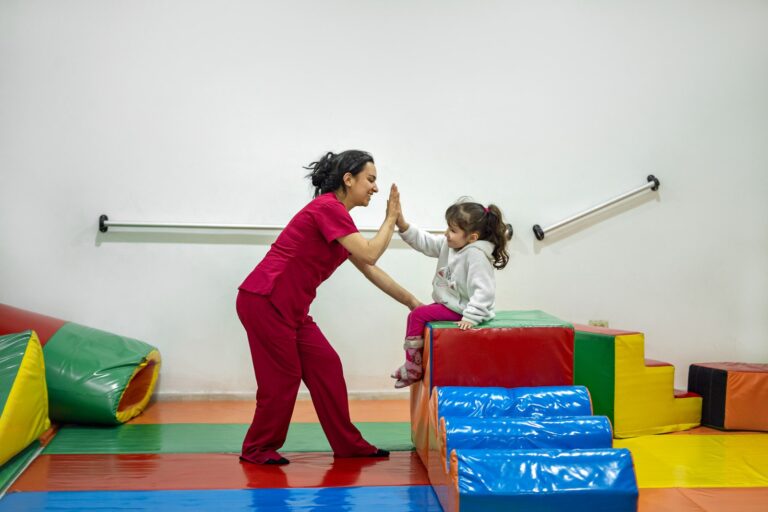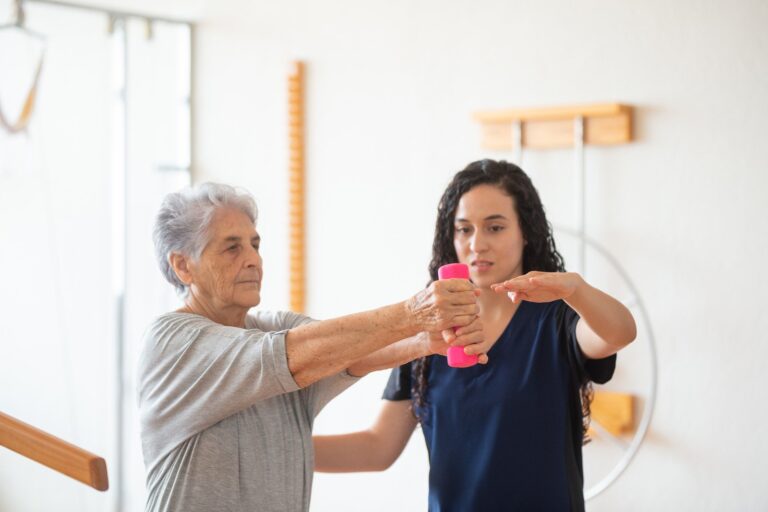Daily tasks form the cornerstone of independent living. Whether it’s managing personal care, household chores, or financial responsibilities, these activities ensure a sense of autonomy and purpose. When combined with shared living, they become a powerful means of building a supportive community where individuals thrive together. This blog delves into how daily tasks and shared living foster independence, collaboration, and enhanced quality of life.
Understanding Daily Tasks and Shared Living
Daily Tasks: The Essentials
Daily tasks include essential activities that contribute to maintaining health, hygiene, and routine. These tasks are crucial for:
- Personal Growth: Building skills for self-reliance.
- Health and Well-Being: Ensuring physical and mental wellness.
- Routine Development: Cultivating discipline and structure.
What Is Shared Living?
Shared living involves a communal housing setup where individuals live together, sharing responsibilities and spaces. It provides an environment where:
- Residents support one another.
- Daily tasks are distributed based on abilities.
- A sense of belonging is cultivated.

Benefits of Combining Daily Tasks and Shared Living
1. Fostering Independence
- Shared living offers opportunities for individuals to take ownership of their daily routines.
- Encourages skill development through consistent practice of tasks like cooking, cleaning, and financial management.
2. Enhancing Social Skills
- Collaboration: Working with others builds teamwork and cooperation.
- Conflict Resolution: Teaches patience and understanding through communal interactions.
3. Cost-Effective Living
- Shared utilities, groceries, and other expenses make it more affordable.
- Access to shared amenities reduces financial strain.
4. Safety and Security
- Living in a shared setup ensures someone is always around in case of emergencies.
- Encourages mutual care and vigilance among housemates.
Daily Tasks in Shared Living
Personal Care Routines
- Setting up reminders for hygiene practices.
- Sharing tips for maintaining health and wellness.
Household Chores
- Creating schedules for tasks like cleaning and laundry.
- Sharing responsibilities like meal preparation.
Financial Management
- Pooling resources for communal expenses.
- Teaching budgeting skills in shared settings.
Community Engagement
- Organizing group activities to foster a sense of community.
- Participating in local events as a group.
Overcoming Challenges in Shared Living
1. Adjusting to Different Personalities
- Emphasize open communication and setting boundaries.
- Use conflict resolution techniques to manage disagreements.
2. Balancing Responsibilities
- Assign tasks based on individual strengths and preferences.
- Rotate responsibilities to ensure fairness.
3. Maintaining Privacy
- Create personal spaces within shared environments.
- Respect boundaries and encourage independent downtime.
Practical Tips for Successful Shared Living
- Establish Clear Rules: Set guidelines for communal spaces and responsibilities.
- Encourage Open Communication: Regularly discuss concerns and expectations.
- Leverage Support Networks: Engage with therapists or counselors for mediation or advice.
- Celebrate Milestones: Acknowledge and celebrate personal and communal achievements.
The Role of Support Services
Organizations offering shared living and support with daily tasks can play a critical role by:
- Providing tailored assistance based on individual needs.
- Facilitating training programs to improve life skills.
- Offering guidance on conflict resolution and communal living practices.
Enhancing Emotional Well-Being Through Shared Living
Building Relationships
Shared living fosters a unique opportunity for individuals to form meaningful relationships. These connections often become the foundation of emotional support, reducing feelings of isolation and loneliness. Engaging in shared activities like cooking, gardening, or simply having group meals builds camaraderie and trust.
Cultivating a Sense of Belonging
Living with others can create a deep sense of belonging. Each individual contributes to the household, and their efforts are valued, which enhances their self-worth and mental well-being.
Promoting Mental Health
The presence of companions ensures that emotional struggles are shared rather than borne alone. This shared living dynamic often leads to quicker recognition of mental health challenges and encourages seeking professional help when needed.
Shared Living as a Pathway to Skill Development
Practical Life Skills
Daily tasks in a shared setting encourage individuals to learn and refine essential life skills such as:
- Time Management: Balancing personal and communal responsibilities.
- Problem-Solving: Addressing household challenges collectively.
Job Readiness Skills
Engaging in communal chores and responsibilities mirrors workplace dynamics. Individuals learn:
- Team Collaboration: Working effectively in a group setting.
- Leadership Roles: Taking the lead in planning and executing household tasks.

The Role of Technology in Shared Living
Task Management Apps
Technology offers tools that simplify shared living arrangements. Apps like task managers and shared calendars help organize and delegate responsibilities efficiently.
Virtual Connections
For individuals with mobility challenges, virtual platforms enable participation in group discussions, planning, or even shared virtual activities.
Monitoring Systems
Assistive technologies like smart home devices ensure safety and convenience, especially in households with individuals needing additional care.
Success Stories: Transformations Through Shared Living
Case 1: Overcoming Isolation
Maria, a young adult with limited mobility, moved into a shared living arrangement after years of isolation. The structured environment helped her develop a daily routine, and the companionship significantly boosted her confidence and mental health.
Case 2: Learning Independence
James, diagnosed with a developmental disability, thrived in a shared living space where he learned to manage his finances, cook meals, and build lasting friendships. The experience prepared him for more independent living.
Transitioning to Shared Living: Key Considerations
Assessing Compatibility
Before entering a shared living arrangement, compatibility assessments ensure individuals are well-matched in terms of habits, schedules, and expectations.
Seeking Professional Guidance
Occupational therapists or support workers can guide individuals in navigating the initial transition phase, making it smoother and less stressful.
Fostering a Growth Mindset
Encouraging a mindset of learning and adaptability helps individuals embrace the opportunities shared living offers.
Conclusion
Daily tasks and shared living combine to create an environment of independence and collaboration. By fostering mutual support and emphasizing personal growth, shared living arrangements enable individuals to lead fulfilling and empowered lives. With structured routines, open communication, and the right support systems, these setups can transform lives and create thriving communities.







